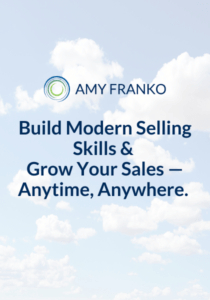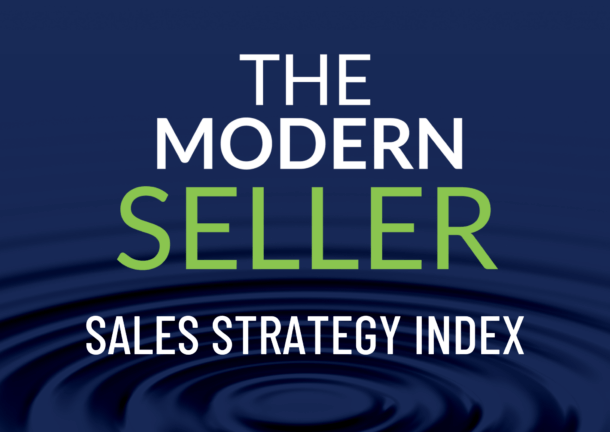I was recently working with sales consulting clients to hone their skills around planning and leading effective sales conversations in virtual environments.
Something happened very consistently in the sales pitch: most professionals talked about their product or service way too early in a conversation with a potential (or sometimes current) client.
This blog post digs into why that happens, and what you can do to break this potentially relationship-killing habit. Instead of a sales “pitching” habit, professionals need a “business conversation” habit.
Get The eBook: Business Development Strategies to Transform Sales Growth
3 Reasons Why a Traditional Sales Pitch Doesn’t Work
An early segue into a product or service conversation is usually the result of three missing ingredients, and these can apply to nearly any stage of your sales process.
One, you might need more business intelligence about the situation.
Business intelligence always comes before solutioning, but most professionals mistakenly approach that in reverse order.
Two, you might need more confidence as a peer-level trusted advisor.
We go to where we’re comfortable, which is usually around our products, services, or expertise. Shifting into a business conversation habit requires us to think differently about ourselves.
Three, you might lack a framework that will help you move a conversation forward.
How to Create a “Business Conversation”
Instead of focusing first on any solutions, ask yourself these questions:
- What do I know about the trends happening in their industry?
- What do I know about their internal organizational challenges?
- What do I know about the direction of their company in the next 12 months?
- How are these things impacting the person/people I’m working with?
By exploring these questions, you’ll stay out of a solution trap; you’ll stay focused on their business and the individuals you’re working with.
Trigger events are gold, for both potential clients and current clients.
This can be accomplished both proactively and passively. Proactively scan their investor briefs, CEO reports, and industry press.
Passively setup alerts on keywords (Google Alerts for example) that will periodically send updates to your inbox.
Trigger events don’t always have to signal an engagement or sales opportunity
For example, a key client of mine won a prestigious award and it was shared on her organization’s website. I followed through on that trigger event and arranged to have flowers delivered as a congratulations. That has deepened our already strong relationship.
Intentionally plan your conversations.
In my Strategic Selling program, I teach a sales conversation framework that helps professionals to not only add value, but to create forward momentum with their clients.
Build your conversations around providing original ideas that will help that potential or current client to make their business better.
Lastly, decide to take the position that you’re a peer-level advisor
This is a combination of both mindset and skillset; sometimes we need to build the skills first to help with the mindset. By using the business intelligence questions, the trigger events, and a conversation framework, you’ll to build the skills and the mindset you need.
To get started, focus on any one of the sales strategies I’ve shared to help break the habit of “pitching conversations” and develop the habit of “business conversations.”
For more tips watch my Sales Talk: The Sales Conversation Makeover
Level Up Your Sales Conversations
Don’t let your competition get an advantage. We can help. If you want to know how to improve your sales conversations, or you’d like to bring in an outside perspective, let’s talk.
Contact us to schedule time for a discovery conversation.


 Our Strategic Selling signature sales training program is now available online. This online sales learning program is ideal for professional services and B2B sales. Get started with 2 free lessons.
Our Strategic Selling signature sales training program is now available online. This online sales learning program is ideal for professional services and B2B sales. Get started with 2 free lessons.